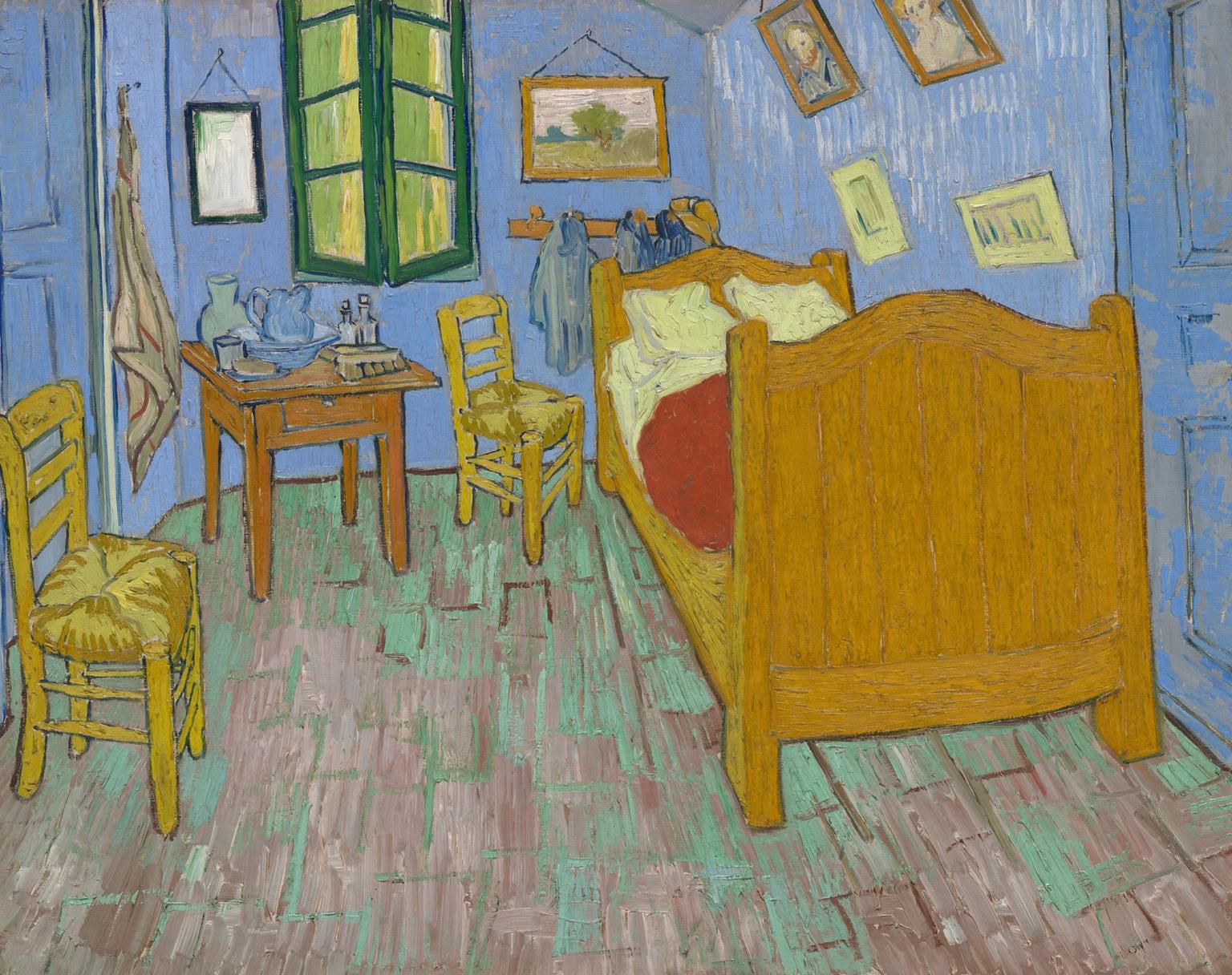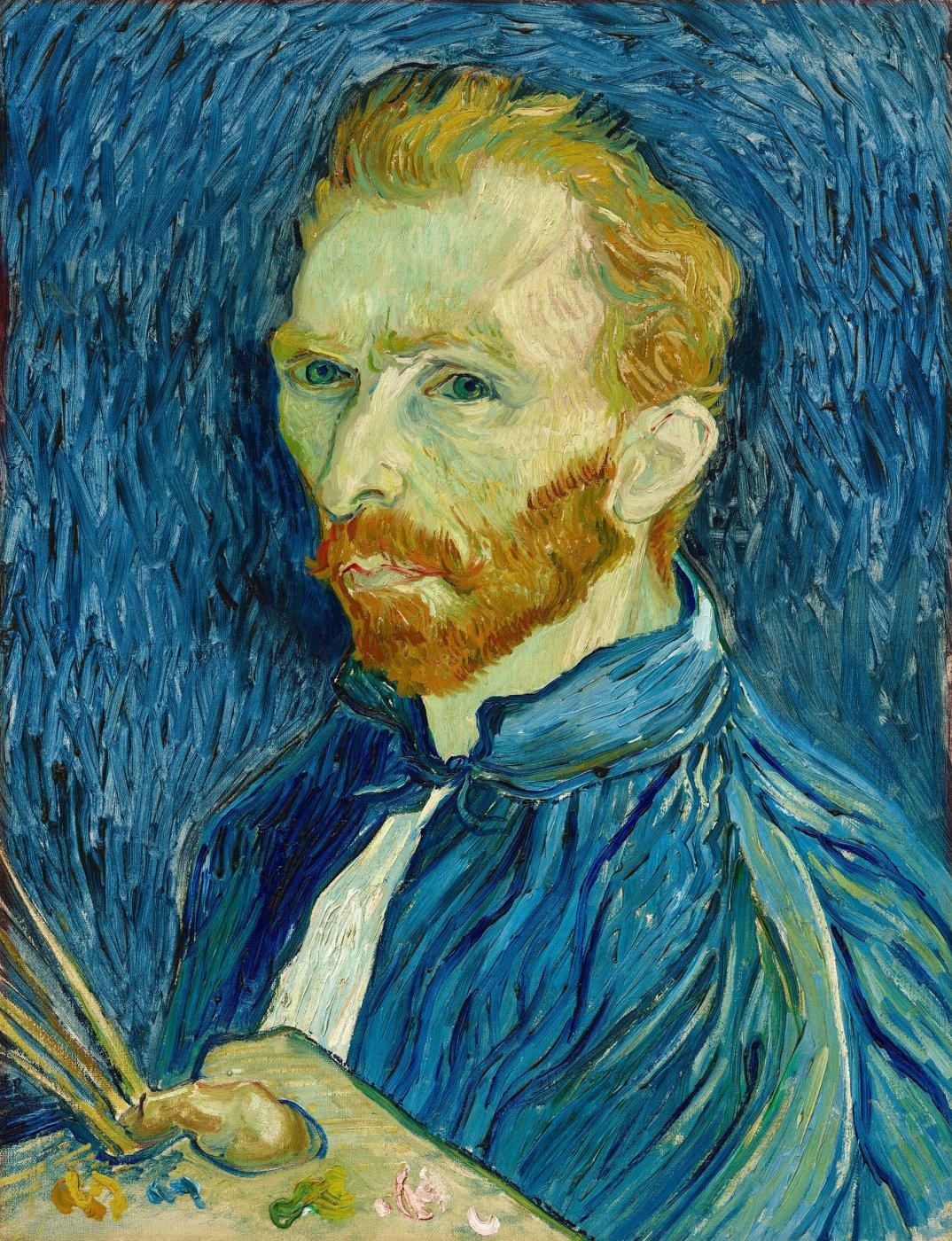Meet the curator behind the major new Van Gogh exhibition

David Trigg speaks to Christopher Riopelle, co-curator of Van Gogh: Poets and Lovers at the National Gallery in London, about the exhibition and its themes.
A version of this article first appeared in the autumn 2024 issue of Art Quarterly, the membership magazine of Art Fund.

What to expect
The National Gallery in London continues its bicentenary celebrations this autumn with a major exhibition dwelling on the extraordinary and innovative body of work that Vincent van Gogh (1853-90) produced in the South of France between 1888 and 1890. Van Gogh: Poets and Lovers shows how integral the poetic imagination and ideas associated with love are to these works, in which both people and places are transformed by the artist into archetypes and idealised spaces.
David Trigg: This is the National Gallery’s first exhibition devoted to Dutch artist Vincent van Gogh. Why now?
Christopher Riopelle: One of the incentives was the centenary of the gallery’s extraordinary acquisition of Sunflowers and Van Gogh’s Chair (both 1888). My co-curator, Cornelia Homburg, and I both felt that there was still a great deal to say about the crucial period in which these works were created. It was while living in Arles and Saint-Rémy-de-Provence that Van Gogh really entered into his fullest creativity. There was also a worry that his story had been slightly overtaken by the psychodrama and so we wanted to show that there are other ways to look at what he was hoping to achieve in the South of France, and other things driving him than just his mental state.
DT: How does the exhibition explore the theme of poets and lovers?
CR: When Van Gogh arrived in Arles, he found a scrappy little park in front of the Yellow House, which, in his mind, became a poet’s garden. The first picture in the exhibition is of that garden, flanked by two portraits of local men: one a painter friend he calls ‘The Poet’ and the other a soldier he calls ‘The Lover’. And so he sets up these archetypal figures and places that he bases many of his pictures on. The theme of poets and lovers runs throughout the show, changing as his range of influences and acquaintances expanded.
DT: What are some of the significant once-in-a-generation highlights that visitors should look out for?
CR: In the South of France, Van Gogh was not so much thinking in terms of individual pictures as in groupings. In a letter sent to his brother Theo in May 1889, he made a sketch depicting a triptych with one of his nurse-maid portraits, La Berceuse (1889), flanked by two Sunflower pictures. We have recreated this grouping thanks to the generosity of the Museum of Fine Arts, Boston, which is lending us its Berceuse, and the Philadelphia Museum of Art, which, for the first time ever, is letting its Sunflowers (1889) travel outside the US. There are many pictures like that, which have not been seen before except in their home institutions.
DT: With many rarely seen works in the exhibition, which are you most pleased to have secured?
CR: Among them is The Peasant (1888), a portrait of a man named Patience Escalier, from the Arles region, who again Van Gogh elevates into an archetype of ‘a poor old peasant’. That has never been lent from the Norton Simon Museum in Pasadena, and is a huge loan. We also have The Garden of the Asylum in Saint-Rémy (1889), painted while Van Gogh was being treated after his first major mental breakdown. In this and similar works, we see him turning the asylum’s overgrown grounds into a garden of love.
DT: With reproductions of Van Gogh’s works so prevalent, what do we still get from experiencing his original paintings and drawings?
CR: The physicality of their making – which, of course, hardly registers in a reproduction – is a very important point of access. These are three-dimensional objects. They have a depth, texture, movement and colour that goes above and beyond what’s being depicted.
DT: Why does Van Gogh, and the art he made across his lifetime, continue to have such enduring appeal?
CR: It’s a great mystery that this person, who had hardly any success in his life, literally within 15 years, became one of the most famous artists on earth. I think his works invite a kind of empathy that is almost unique among his contemporaries. When you look at a Van Gogh picture you can empathise with what he’s going through, as it were, to get the paint down onto canvas – the exaggeration, the emotion – and that continues to resonate very strongly with audiences.
Van Gogh: Poets and Lovers, National Gallery, London, 14 September 2024 to 19 January 2025.
Get 50% off exhibition tickets with a National Art Pass.